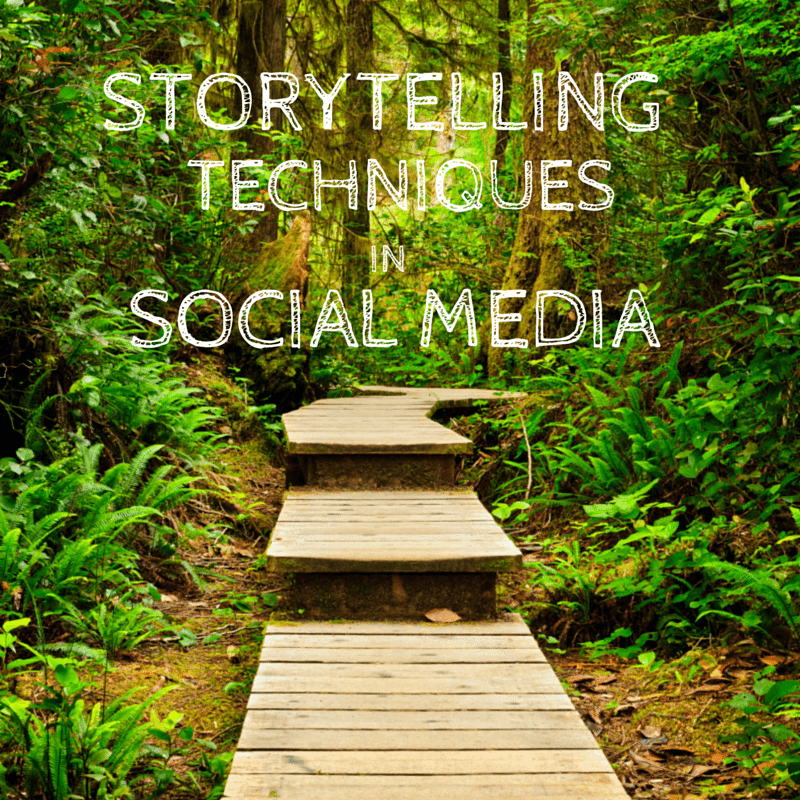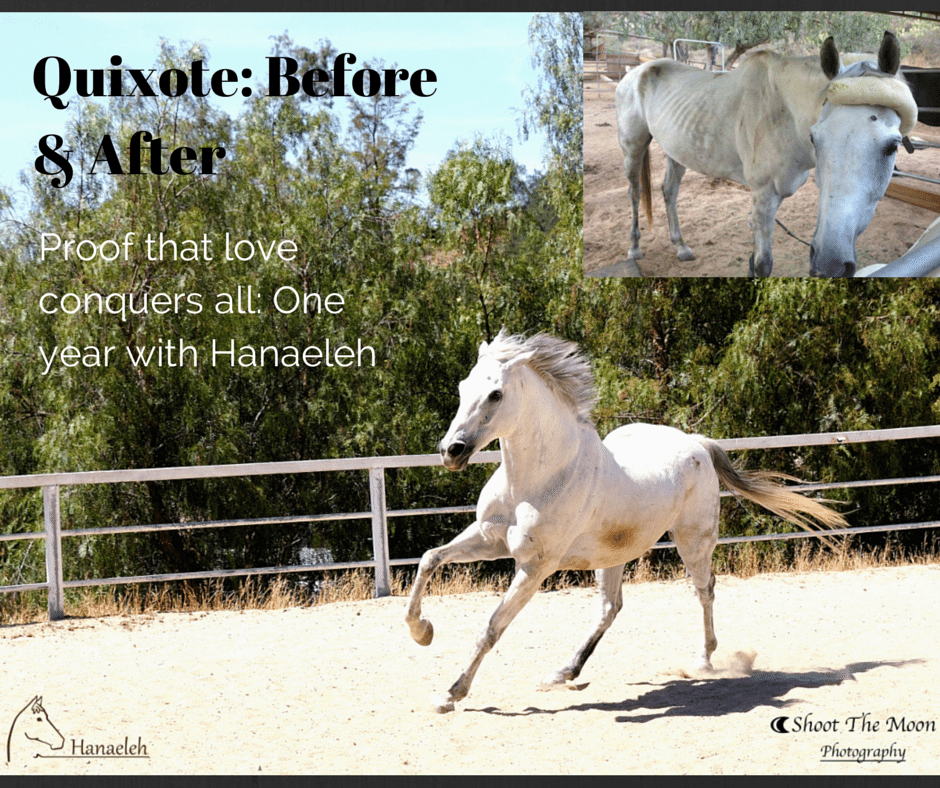Is Your Content Worth Sharing? Storytelling Techniques in Social Media
 A good story gains its own life on social media. A great story gets shared…a lot. Is your content on social media worth sharing? Storytelling remains one of the key factors in attracting leads and closing sales. No matter where your “content” is published (on social media and online, TV, radio or even a billboard), masterful storytelling techniques play a significant role in the outcome of your campaigns.
A good story gains its own life on social media. A great story gets shared…a lot. Is your content on social media worth sharing? Storytelling remains one of the key factors in attracting leads and closing sales. No matter where your “content” is published (on social media and online, TV, radio or even a billboard), masterful storytelling techniques play a significant role in the outcome of your campaigns.

Hope at rescue and 4 weeks later
I’ve been following this little dog named “Hope” on Facebook. She was rescued severely emaciated and near death. Her slow recovery in the last 4 weeks has been wonderful and, as I observe my own behavior, I WANT to see how she’s doing every single day.
I volunteer at Hanaeleh Horse rescue in Orange County, CA. A year ago, we took in a severely malnourished horse who had been left in his stall for 2 years. Horses require daily exercise in order to survive. Needless to say, he barely did.

Quixote at rescue and 1 year later
We took him in and with care and love (and food and exercise), he’s become an amazing horse. His name is Quixote.
Storytelling is what social media is meant for. The good people that run both these rescues have learned that authentic stories attract people. Both rescues live off the donations of others. Sharing their stories helps keep them in business. They practice great storytelling techniques perhaps without realizing the effects. They’re doing it authentically and with a passion for others to join them in their experience.
I use these extreme examples to prove a point: your business may not rescue abused animals but there are still many stories to tell, as long as you bring passion and authenticity to the party and master some great storytelling techniques.
In this world of getting as much traffic as possible and growing our business, sometimes we forget that it’s the people who make our business successful. Great storytelling techniques start with customers and employees. Everyday there are wins and losses and many deserve to be told.
To master great storytelling in social media you must have someone available to listen and document things inside your daily operation. Not as an afterthought but as a key player in your content marketing strategy. So many business owners bristle at this idea and, honestly, it’s a big hurdle. There are options and you don’t have to go it alone. Hire an expert to help craft the stories, brainstorm on blog posts, and give advice for image stories and videos.
Superior storytelling is not easy. You have to educate your content person as well as your audience. The ideal result is to ignite a feeling that inspires a commercial transaction. You lift prospects out of their ordinary worlds and invite them to consider a journey that ultimately leads to a purchase.
If you’re not on-board with content marketing and social business, storytelling and social media are not for you. The reason so many have been slow to the table is because it requires so much from the business and they try to measure it the same way they measured old media. They’d rather wait and see what others are doing and that’s leaving money on the table. Hope is not a strategy.
If you’re ready to leverage of the benefits of social media for your business, you must publish content worth sharing.
4 storytelling techniques to use in your content marketing & social media
1. Show Don’t Tell
Your brand is no longer what you tell customers it is. It’s what consumers tell each other it is.
Waste no time with this technique. Start gathering specific stories where your customers and employees are showing what it’s like to do business with you.
A good example: A client of mine has a customer who brings her iguana/bearded dragon with her when she comes into the dealership for service. She loves it because they’re so accommodating and happy to see her. She’s happy to tell her story and it shows in the content they share.
2. Be The Hero
The reality is – no matter what you sell – you need to master the know-like-trust factor first. You have to educate people step-by-step both in your product and the experience they’ll receive when they buy.
A good example: I have a client who had an elderly woman walk into the showroom one day. She was lost and asked the salesperson if he could help her. She had actually been driving so the salesperson got the sales manager and they drove her car and a car from the dealership to go looking for the poor woman’s house. It turned out that she only lived a short distance away and got confused on the last few blocks home. My client told this story in a blog post and on social media with much success.
3. Tell Stories You Like
“Passion is energy. Feel the power that comes from focusing on what excites you.” ~Oprah Winfrey
I’ve been blogging now for four years and not every post has been easy. The easy ones happen when I feel passionate about the topic. I was just at a conference where the keynote speaker was so outstanding that I went back to my room and wrote a post in one hour.
Ask yourself what you’re passionate about. Ask your employees what their passionate about. Those passions are contagious and many prospects and customers share the same passions.
4. Build Drama with a Beginning, Middle and End
Travel through your story stage by stage. Craft it for your intended audience but also craft it as you would like it told to you.
It’s sometimes hard to determine what to leave in and what to leave out. Using this formula, you can place the beginning, middle and end in their context and fill in around them. Everyone likes to hear about resolution. If the reader is going to spend time on a story, they need to come away with something.
A good example: A client of mine had a social media debacle on their hands. They reached out to me to help them sort through it and make it right. It’s always a tricky situation when a customer has “gone nuclear” and each situation requires a savvy response. This particular customer had a wife who was an accomplished author with quite a large following and they threatened to use it if they didn’t get satisfaction. My client readily admitted that they were at fault. Things happen and people make mistakes. We were able to not only satisfy the customer but turn them into advocates.
Telling the story later was quite dramatic. It was a good example of “Show Don’t Tell” as the audience learned what their experience might be like should the same thing happen to them. Illustrating it with a beginning, middle and end help them formulate it and convey just the right amount of drama.
Social Media was made for storytelling. Learning how to market your business with storytelling techniques is a worthwhile way to establish your business as an authority and create value with your ideal customers. What’s your story?
Author information
The post Is Your Content Worth Sharing? Storytelling Techniques in Social Media appeared first on Kruse Control Inc.


